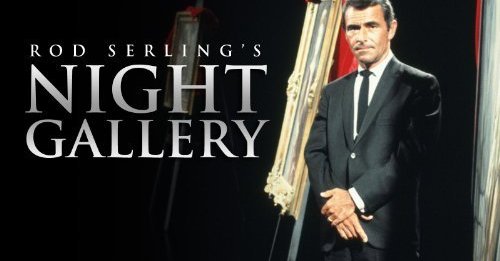Essay written for Empty Distances, the exhibition I curated for Mark Moore Gallery in Los Angeles (June 15 – July 22, 2013)
Out of the darkness, the void emerged and invaded modern art with Russian artist Kazimir Malevich’s painting Black Square in 1915. As the totalization of everything and nothing at once, this landmark painting is infinite space represented on a flat plane. A undefinable negation that is at once cinematic and static, it is not a representation of the void but the void itself. A reduction of form and content to an absolute essence, Black Square conveys a simultaneous flattening and infinite expansion of space. Just as when the screen goes dark in the cinema, representations of distance are made palpable. There is horror within this unknown space. It is an empty distance.
 It has almost become a special art to paint empty space, to make it palpable, and to develop variations upon this singular theme. Not only are there pictures upon which almost nothing is painted, not only is it an essential feature of their style to make the strongest impression with the fewest strokes and the scantiest means, but there are very many pictures especially connected with a contemplation to impress upon the observer the feeling that the void itself is depicted as a subject, it is indeed the main subject of the picture….
It has almost become a special art to paint empty space, to make it palpable, and to develop variations upon this singular theme. Not only are there pictures upon which almost nothing is painted, not only is it an essential feature of their style to make the strongest impression with the fewest strokes and the scantiest means, but there are very many pictures especially connected with a contemplation to impress upon the observer the feeling that the void itself is depicted as a subject, it is indeed the main subject of the picture….
For Void is, like Darkness and Silence, a negation, but a negation that does away with every this and here, in order that the wholly other may become actual. – Rudolph Otto, The Idea of the Holy: an inquiry into the non-rational factor in the idea of the divine and its relation to the rational (1923)
Nearly one hundred years after Black Square and Otto’s The Idea of the Holy, the void takes on new meaning in contemporary art and film. While Empty Distances stems from art historical traditions of emptiness as subject (think Yves Klein’s La spécialisation de la sensibilité à l’état matière première en sensibilité picturale stabilisée, Le Vide in 1958 or Michael Asher’s wall removal at Claire Copley Gallery in 1974), philosophically this exhibition is a provocation to rethink the void’s meaning by considering it in post-apocalyptic terms.
Taking 20th century theologian Rudolph Otto’s phrase “empty distance” and idea that the very act of pictorially depicting the void establishes darkness and silence as subject itself, Empty Distances positions itself at the collapse of society. The recent global financial crisis, governmental overthrows in Egypt and Libya, and the current protests in Istanbul’s Taksim Square (violent repercussions of human-produced horrors) have taken us to the other side; we are living in a post-apocalypse. But within this cyclical fall and rise of society is the promise a new future or, at the very least, an imagining of a different future that is both dependent and secluded from the past. Films like Night of the Living Dead (1968) and The Bed Sitting Room (1969) along with artworks like those in Empty Distances are able to provide unthinkable visualizations of what a new society would look like and, in context with current international events, suggest that we may already be living in a brave new world, only we don’t realize it yet.
Similarly, Eugene Thacker challenges a horrifying consideration of the spectral and speculative “world-without-us” in his book In the Dust of this Planet: Horror of Philosophy Vol. 1. Empty Distances takes Thacker’s provocation to task, arguing that through artistic representation we can imagine this horrifying and unthinkable realm devoid of humans (due to the cataclysmic fault of man, a world that either pre-dates man, or as a realm that exists independently of man) where the planet continues on its path of existence alone. Importantly, the attempt to reveal this void involves a spatial collapse and this is the where empty distances emerge. Through the influences of Black Metal, horror films, science fiction, scientific research, and magic realism, the artworks in Empty Distances connote a surface negative while implying infinite vastness. They provoke such diverse imaginings of a post-apocalyptic world through the depiction of the void, pulling the viewer into a speculative new world.


